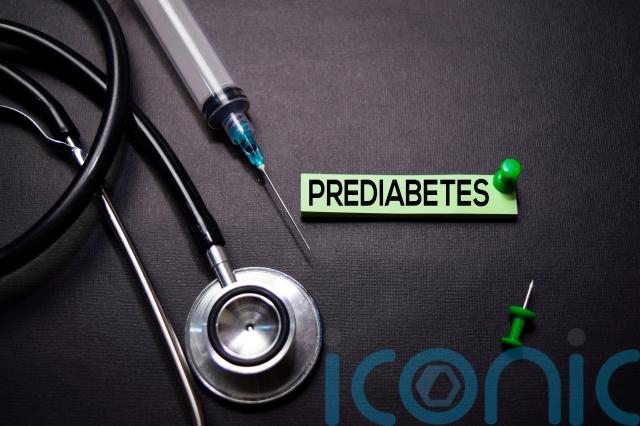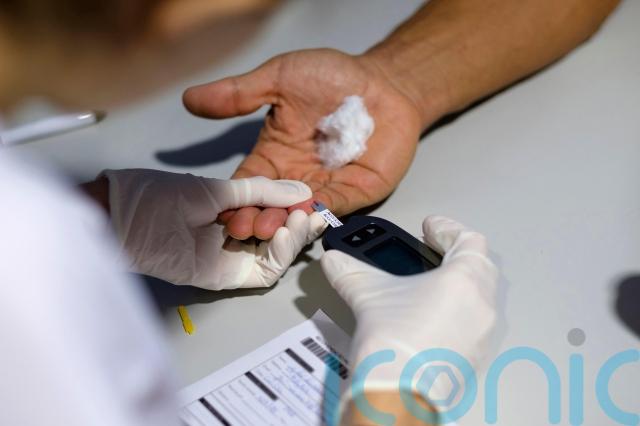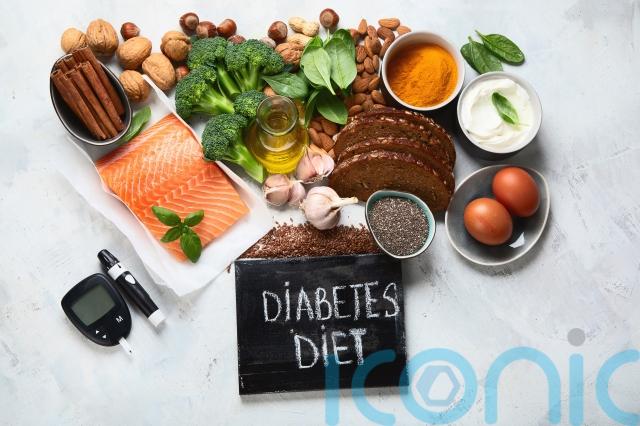
Hearing the words “you’re prediabetic” can stir up a mix of emotions – confusion, concern and even fear.
But, it’s important to remember that prediabetes isn’t the same as having type 2 diabetes. Instead, it’s an early warning sign and a crucial window of opportunity to make positive changes and protect your long-term health.
Ahead of World Diabetes Day (November 14), we spoke with Emma Pike, deputy head of clinical at Diabetes UK, who explained what prediabetes actually is and what practical steps people can take after a diagnosis to get their health back on track.
What is prediabetes?

“Prediabetes is used quite commonly used by healthcare professionals to describe the state of having higher than normal blood glucose levels, but they’re not high enough for you to be diagnosed with type 2 diabetes,” says Pike.
The HbA1c test is the most common blood test for diagnosing prediabetes because it measures your average blood glucose levels over the last two to three months, she explains.
“If your HBA1c level is between 42 and 47 mmol/mol that’s where we would say you have prediabetes or are at a very high risk of type 2 diabetes,” says Pike. “Whereas, a HbA1c level of 48 mmol/mol or above suggests you have diabetes.”

What would you say to someone who is feeling anxious following a prediabetes diagnosis?
“It’s really important to understand the risk factors that may be contributing towards your overall risk of type 2 diabetes, and also remember that there is support out there that can help you on your journey to reduce your risk,” says Pike. “Programs such as the NHS Diabetes Prevention Program, for example, can help support people, so you are not in this on your own.
“It is possible for up to 50% of people to prevent or delay the onset of type 2 diabetes, so it’s not an inevitability that someone with prediabetes will go on to develop type 2 diabetes.”
What types of things will a health professional look at after a prediabetes diagnosis?
Weight management
“Healthcare professionals will look at whether somebody may need support with weight management,” says Pike. “They will have a sensitive and constructive conversation around whether someone is comfortable thinking about their body weight and will see whether it’s possible to make any dietary changes or increased physical activity.”
Physical activity
“Health professionals would also be looking at what someone’s current amount of physical activity is, and how that relates to the overall physical activity guidelines that are set by the UK’s Chief Medical Officers that recommends 150 minutes of moderate-intensity exercise across the week, with some sort of strength training on a couple of days of week as well,” says Pike.
Diet

“People will prediabetes are encouraged to have as healthy a diet as possible, as often as possible,” says Pike. “So, it’s things you would expect like fruits and vegetables, whole grains and lean sources of protein. All those kind of things are generally advised to help people work towards a healthy eating pattern.”
Sleep
“In terms of reducing the risk of type 2 diabetes, there has been some association with sleep pattern,” says Pike. “So, having a good amount of sleep, not having too much sleep or too little sleep, has been associated with an increased risk of type 2 diabetes.”
Smoking
“Smoking has been associated with an increased risk of type 2 diabetes as well,” says Pike. “So, getting access to stop smoking services can be a useful thing for someone with prediabetes.”
Annual check ups

“The guidelines suggest that someone who is at high risk of type 2 diabetes should come back on a yearly basis to check what’s happening in terms of their glucose levels and to get that ongoing support,” says Pike. “The doctors would repeat that HBA1c test, and may also check other factors like body weight, blood pressure and cholesterol levels too to get a overall picture of your health.”
Where can you seek advice and support?
Online resources
“We do have a prevention of type 2 diabetes section on the Diabetes UK website and we’ve also got some great recipes and meal plans,” says Pike. “There is also some information on there explaining what prediabetes means, and our Know Your Risk tool for people to find out what their own risk of type 2 diabetes is.”
Support groups
“Diabetes UK has an online forum which could be a good avenue for peer support to talk to people in a similar situation to you,” says Pike. “In addition, when people go on to things like the NHS Diabetes Prevention Program, they also get to meet people who are also in a similar situation to them.”
Support from loved ones
“Loved ones are a really important source of support for people,” says Pike. “It’s so much easier to try and make changes to what you might be eating or doing if you’ve got support from the people that are closest to you.”
Subscribe or register today to discover more from DonegalLive.ie
Buy the e-paper of the Donegal Democrat, Donegal People's Press, Donegal Post and Inish Times here for instant access to Donegal's premier news titles.
Keep up with the latest news from Donegal with our daily newsletter featuring the most important stories of the day delivered to your inbox every evening at 5pm.